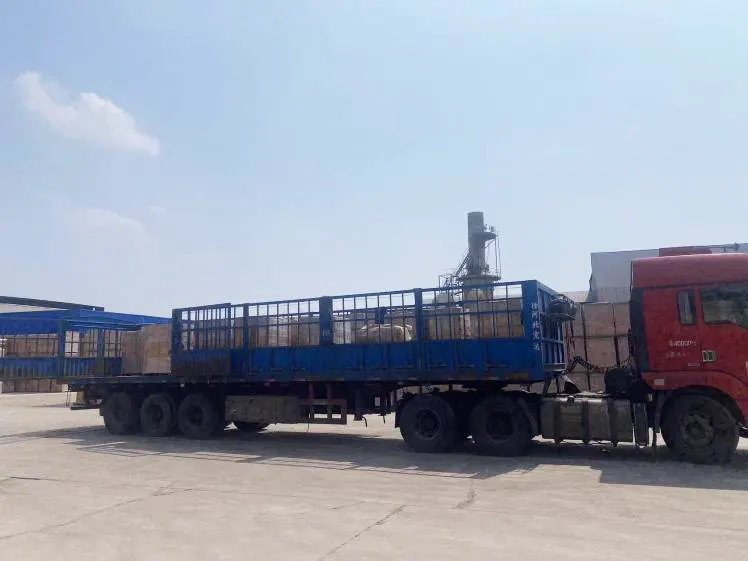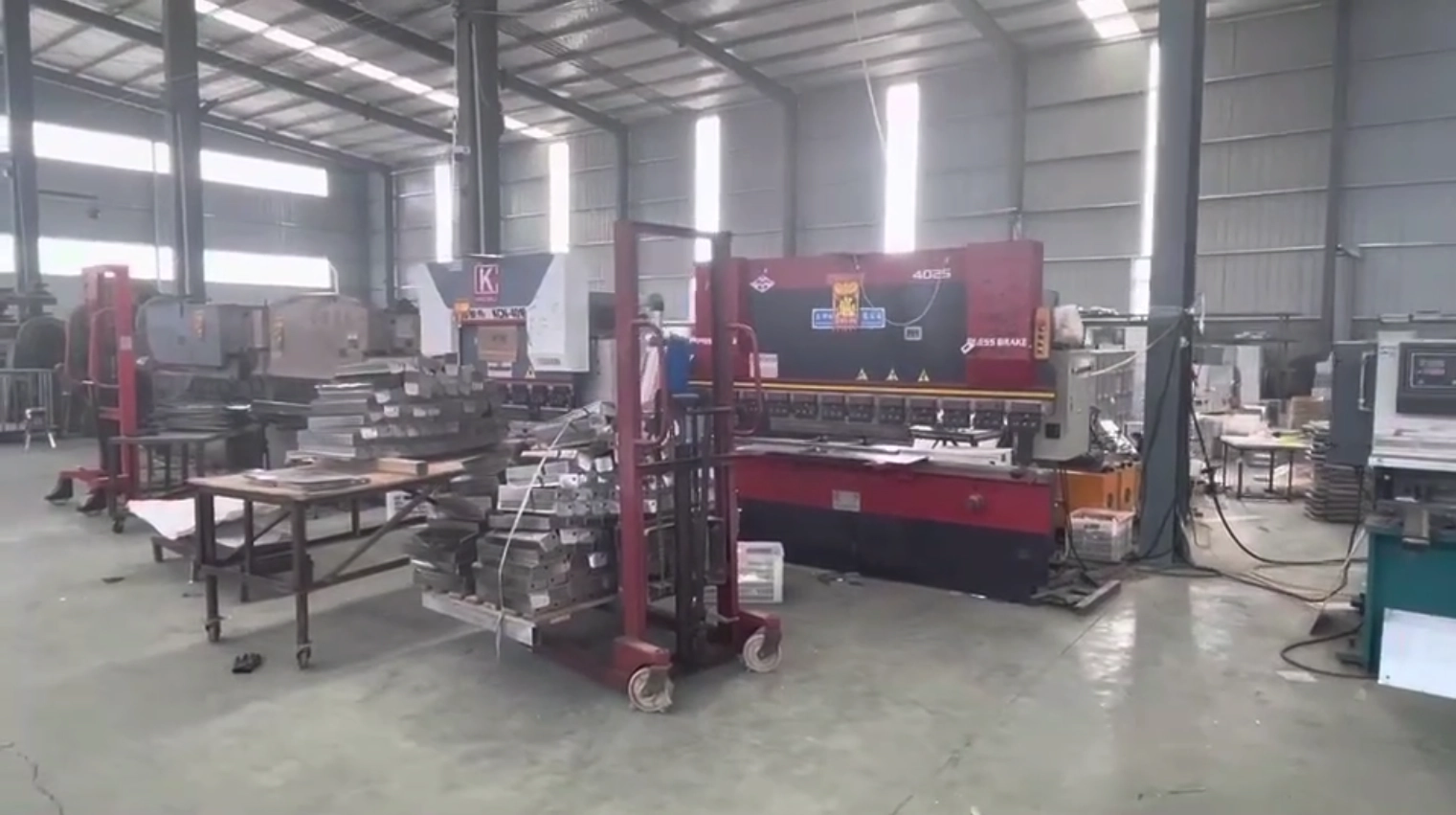Refractory bricks for rotary kiln
- Commodity name: Refractory bricks for rotary kiln
Category:
Keyword:
Refractory bricks for rotary kiln
Refractory bricks for rotary kiln is a clay product with Al₂O₃ content of 30% - 40% aluminum silicate material. Clay brick is made of 50% soft clay and 50% hard clay clinker, batching according to certain particle size requirements, after molding, drying, and firing at a high temperature of 1300-1400℃.
You can send us an email:ruinai@sdfirebrick.com
Inquire NowProduct Details
Refractory bricks for rotary kiln
Refractoriness: 1580℃
Bulk density: 2.15g/cm³
Cold crushing strength: 25MPa
Brief introduction:
Refractory bricks for rotary kiln is a clay product with Al₂O₃ content of 30% - 40% aluminum silicate material. Clay brick is made of 50% soft clay and 50% hard clay clinker, batching according to certain particle size requirements, after molding, drying, and firing at a high temperature of 1300-1400℃. The mineral composition of clay bricks is mainly kaolinite and 6% a 7% impurities (potassium, sodium, calcium, iron, iron oxide). Clay brick firing process, mainly kaolinite continuous decomposition of water loss to generate mullite crystallization process. Clay brick in the SiO₂ and Al₂O₃ in the firing process and impurities to form eutectic low melting point silicate, surrounded by mullite crystals.
Clay brick belongs to the weak acid refractory products, can resist the erosion of acidic slag and acidic gases, the resistance to alkaline substances is slightly worse. Clay bricks have good thermal properties and are resistant to rapid cooling and heating. Clay brick refractoriness and silicon brick is not similar, up to 1690-1730 ℃, but the load softening temperature is lower than the silicon brick more than 200 ℃. Because the clay brick contains high refractoriness of mullite crystals, but also contains nearly half of the low melting point amorphous glass phase.
In the temperature range of 0-1000 ℃, the volume of clay brick with the temperature and uniform expansion, linear expansion curve is similar to a straight line, linear expansion rate of 0.6% -0.7%, only about half of the silica brick. When the temperature reaches 1200 ℃ and then continue to raise the temperature, its volume will be expanded by the maximum value of contraction. Residual contraction of clay bricks lead to masonry mortar cracking, which is a major disadvantage of clay bricks. When the temperature exceeds 1200 ℃, the low melting point in the clay brick gradually melted, because of the particles by the surface tension and leaning against each other very tightly, resulting in volume contraction.
Characteristics:
Clay bricks have good thermal properties, resistance to rapid cooling and heating, and strong impact resistance, resulting in a long service life, with the ability to resist slag erosion at high temperatures without being destroyed;
Application:
Iron and steel manufacturing industry: industrial blast furnace, hot blast furnace, hot metal ladle, ladle, dip pit furnace, heat treatment furnace, refining furnace, reheating furnace, metal stirring furnace, dome furnace, etc.
Non-ferrous metal industry: smelting furnace, stirring furnace, etc.
Building materials industry: cement kiln, glass kiln, ceramic kiln, lime kiln, kiln car, tunnel kiln, rotary kiln
Energy and incineration: coke ovens, fluidized bed boilers, carbon roasters, incinerators
Physical and chemical indexes of clay refractory bricks
| Project | Indicators | |||||||||
| N-1 | N-2a | N-2b | N-3a | N-3b | N-4 | N-5 | N-6 | |||
| Refractoriness(°C) | ≥ | 1750 | 1730 | 1730 | 1710 | 1710 | 1690 | 1670 | 1580 | |
| Refractoriness under load at 0.2Mpa(℃), ≥ | 1400 | 1350 | 1320 | 1300 | ||||||
| Permanent Linear Change on heating% | 1400°C, 2h | +0.1 -0.4 | +0.1 -0.5 | +0.2 -0.5 | ||||||
| 1350°C, 2h | +0.2 -0.5 | +0.2 -0.5 | +0.2 -0.5 | +0.2 -0.5 | ||||||
| Open porosity (%) | ≤ | 22 | 24 | 26 | 24 | 26 | 24 | 26 | 28 | |
| Cold Crushing Strength (MPa), ≥ | 30 | 25 | 20 | 20 | 15 | 20 | 15 | 15 | ||
| Thermal shock resistance/time | N-2b and N-3b must carry out this inspection, and the measured data will be noted in the quality certificate | |||||||||
| Project | index | |||||
| Allowable deviation of dimensions | Size ≤ 100 | ±2 | ||||
| Size 101~150 | ±2.5 | |||||
| Size 151~300 | ±2% | |||||
| Size 301~400 | ±6 | |||||
| Twist | Length ≤ 230 | ≤ | 2 | |||
| Length 231~300 | 2.5 | |||||
| Length 301~400 | 3 | |||||
| Depth of missing edges and corners | 7 | |||||
| Diameter of the cave | 7 | |||||
| Slag finish thickness <1 | On one side of the brick is allowed to have | |||||
| Crack width | Width≤ 0.25 | No limit | ||||
| Width 0.26~0.50 | 60 | |||||
| Width> 0.5 | Not allowed | |||||
Packaging & Shipping

PRODUCTS
CONTACT
E-mail:ruinai@sdfirebrick.com
WhatsApp:+8618560357377
Refractory bricks for rotary kiln
- Commodity name: Refractory bricks for rotary kiln
Category:
Keyword:
Refractory bricks for rotary kiln
Refractory bricks for rotary kiln is a clay product with Al₂O₃ content of 30% - 40% aluminum silicate material. Clay brick is made of 50% soft clay and 50% hard clay clinker, batching according to certain particle size requirements, after molding, drying, and firing at a high temperature of 1300-1400℃.
Product Details
Refractory bricks for rotary kiln
Refractoriness: 1580℃
Bulk density: 2.15g/cm³
Cold crushing strength: 25MPa
Brief introduction:
Refractory bricks for rotary kiln is a clay product with Al₂O₃ content of 30% - 40% aluminum silicate material. Clay brick is made of 50% soft clay and 50% hard clay clinker, batching according to certain particle size requirements, after molding, drying, and firing at a high temperature of 1300-1400℃. The mineral composition of clay bricks is mainly kaolinite and 6% a 7% impurities (potassium, sodium, calcium, iron, iron oxide). Clay brick firing process, mainly kaolinite continuous decomposition of water loss to generate mullite crystallization process. Clay brick in the SiO₂ and Al₂O₃ in the firing process and impurities to form eutectic low melting point silicate, surrounded by mullite crystals.
Clay brick belongs to the weak acid refractory products, can resist the erosion of acidic slag and acidic gases, the resistance to alkaline substances is slightly worse. Clay bricks have good thermal properties and are resistant to rapid cooling and heating. Clay brick refractoriness and silicon brick is not similar, up to 1690-1730 ℃, but the load softening temperature is lower than the silicon brick more than 200 ℃. Because the clay brick contains high refractoriness of mullite crystals, but also contains nearly half of the low melting point amorphous glass phase.
In the temperature range of 0-1000 ℃, the volume of clay brick with the temperature and uniform expansion, linear expansion curve is similar to a straight line, linear expansion rate of 0.6% -0.7%, only about half of the silica brick. When the temperature reaches 1200 ℃ and then continue to raise the temperature, its volume will be expanded by the maximum value of contraction. Residual contraction of clay bricks lead to masonry mortar cracking, which is a major disadvantage of clay bricks. When the temperature exceeds 1200 ℃, the low melting point in the clay brick gradually melted, because of the particles by the surface tension and leaning against each other very tightly, resulting in volume contraction.
Characteristics:
Clay bricks have good thermal properties, resistance to rapid cooling and heating, and strong impact resistance, resulting in a long service life, with the ability to resist slag erosion at high temperatures without being destroyed;
Application:
Iron and steel manufacturing industry: industrial blast furnace, hot blast furnace, hot metal ladle, ladle, dip pit furnace, heat treatment furnace, refining furnace, reheating furnace, metal stirring furnace, dome furnace, etc.
Non-ferrous metal industry: smelting furnace, stirring furnace, etc.
Building materials industry: cement kiln, glass kiln, ceramic kiln, lime kiln, kiln car, tunnel kiln, rotary kiln
Energy and incineration: coke ovens, fluidized bed boilers, carbon roasters, incinerators
Physical and chemical indexes of clay refractory bricks
| Project | Indicators | |||||||||
| N-1 | N-2a | N-2b | N-3a | N-3b | N-4 | N-5 | N-6 | |||
| Refractoriness(°C) | ≥ | 1750 | 1730 | 1730 | 1710 | 1710 | 1690 | 1670 | 1580 | |
| Refractoriness under load at 0.2Mpa(℃), ≥ | 1400 | 1350 | 1320 | 1300 | ||||||
| Permanent Linear Change on heating% | 1400°C, 2h | +0.1 -0.4 | +0.1 -0.5 | +0.2 -0.5 | ||||||
| 1350°C, 2h | +0.2 -0.5 | +0.2 -0.5 | +0.2 -0.5 | +0.2 -0.5 | ||||||
| Open porosity (%) | ≤ | 22 | 24 | 26 | 24 | 26 | 24 | 26 | 28 | |
| Cold Crushing Strength (MPa), ≥ | 30 | 25 | 20 | 20 | 15 | 20 | 15 | 15 | ||
| Thermal shock resistance/time | N-2b and N-3b must carry out this inspection, and the measured data will be noted in the quality certificate | |||||||||
| Project | index | |||||
| Allowable deviation of dimensions | Size ≤ 100 | ±2 | ||||
| Size 101~150 | ±2.5 | |||||
| Size 151~300 | ±2% | |||||
| Size 301~400 | ±6 | |||||
| Twist | Length ≤ 230 | ≤ | 2 | |||
| Length 231~300 | 2.5 | |||||
| Length 301~400 | 3 | |||||
| Depth of missing edges and corners | 7 | |||||
| Diameter of the cave | 7 | |||||
| Slag finish thickness <1 | On one side of the brick is allowed to have | |||||
| Crack width | Width≤ 0.25 | No limit | ||||
| Width 0.26~0.50 | 60 | |||||
| Width> 0.5 | Not allowed | |||||
Packaging & Shipping

ONLINE MESSAGE
If you are interested in our products, please leave your email, we will contact you as soon as possible, thank you!




